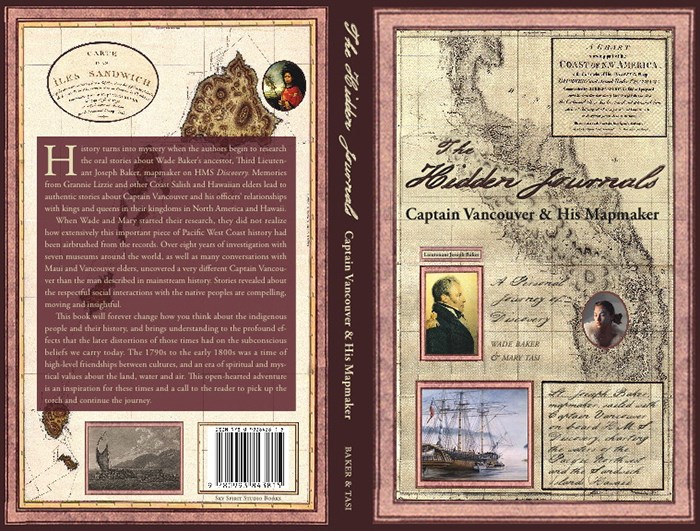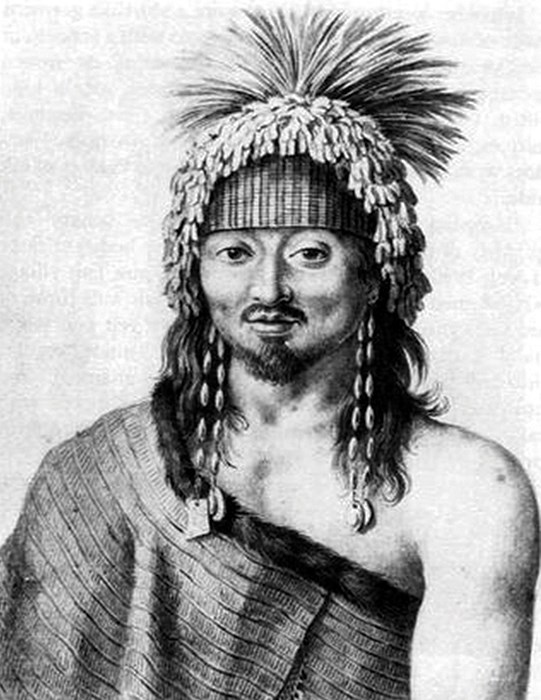History turned into mystery when two authors from the Squamish Nation began to research their elusive ancestor, Lt. Joseph Baker.
Oral stories led authors Wade Baker and his wife Mary Tasi to maritime museums around the world to find hidden documents, logbooks and maps that showed what life was like for Lt. Baker, a mapmaker who worked on Capt. George Vancouver’s ship from the late-1700s and early-1800s.
“Captain Vancouver was a very different man than who is described in mainstream history,” Tasi told The Squamish Chief. “He had high-level respectful relationships with the indigenous leadership.”
The Hidden Journals: Captain Vancouver & His Mapmaker merges primary documents from Capt. Vancouver’s journals and Lt. Baker’s logbooks, and reveals the challenges historians have in finding the real stories behind political agendas.
Tasi and her husband spent eight years conducting research at maritime museums in Maui, England and Vancouver, and interviewing several elders about the Squamish Nation’s oral history.
“This book changes the way we think about indigenous people and their history,” Tasi said.
History has been distorted, she added, and this effects the subconscious beliefs we carry about this time. Her research shows the time period between the 1790s and early-1800s involved high-level friendships between cultures when Capt. Vancouver and his officers met indigenous leaders in North America and Hawaii.
While writing the book, the husband-wife team also learned more about the Baker family’s connection to Squamish.

They discovered one of their most well known ancestors, Chief Capilano, had two wives from Upper Squamish, in addition to two wives from the Musqueam area. He met Capt. Vancouver in 1792 and again during the following two summers.
“The highly ranked nobility came from the Squamish area due to the powerful energy in the mountains. This would strengthen family ties in the various Coast Salish clan houses,” said Baker, who also works as a sculptor, graphic designer and red cedar carver.
Warriors would train, he added, by running up mountains in Squamish and strengthen their arms by twisting younger trees as they grew. The young men would hold the tree as long as possible as they twisted to give them more power.
“Very rarely, one can come across these twisted trees in the forest or washed up on the beach,” said Baker, whose father, Daniel Baker, and brothers were loggers and had a cedar shake mill in Squamish. “The logging companies would discard these trees, not realizing they were very special.”
Baker’s late uncle, Chief Simon Baker, ran a hamburger stand along the river in Brackendale and, today, many Baker family members are fishermen and hunters in the area.
“We’ve learned so much about our history from researching and writing this book,” said Tasi, who is also an art consultant and urban planner. “It’s been truly fascinating.”



